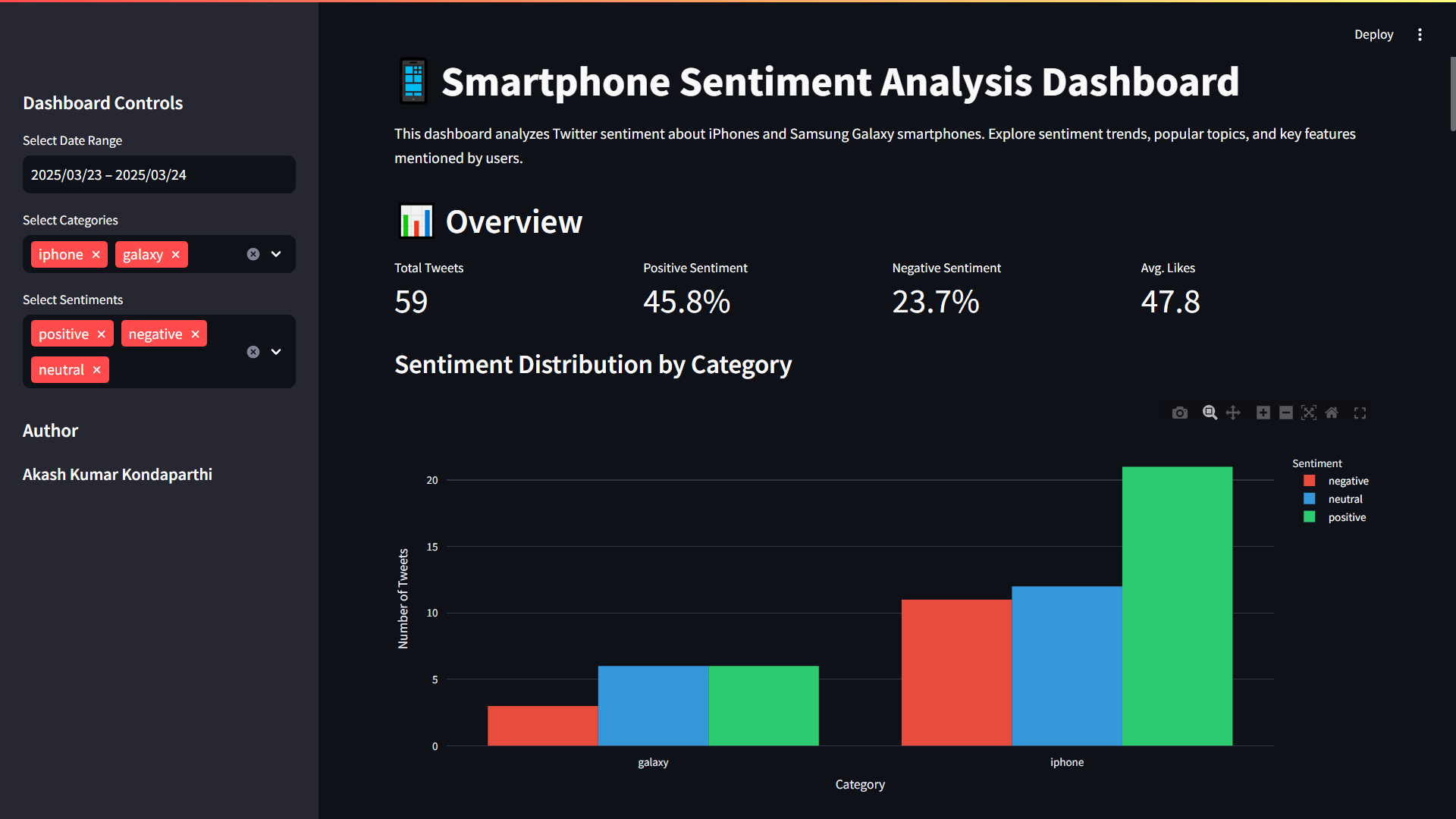
Smartphone Sentiment Analysis: Mining Consumer Insights from Social Media
Smartphone Sentiment Analyzer: An end-to-end data science project that collects Twitter data to analyze and visualize consumer sentiment toward competing smartphone brands with interactive dashboards and NLP-powered insights.
.png)
.png)